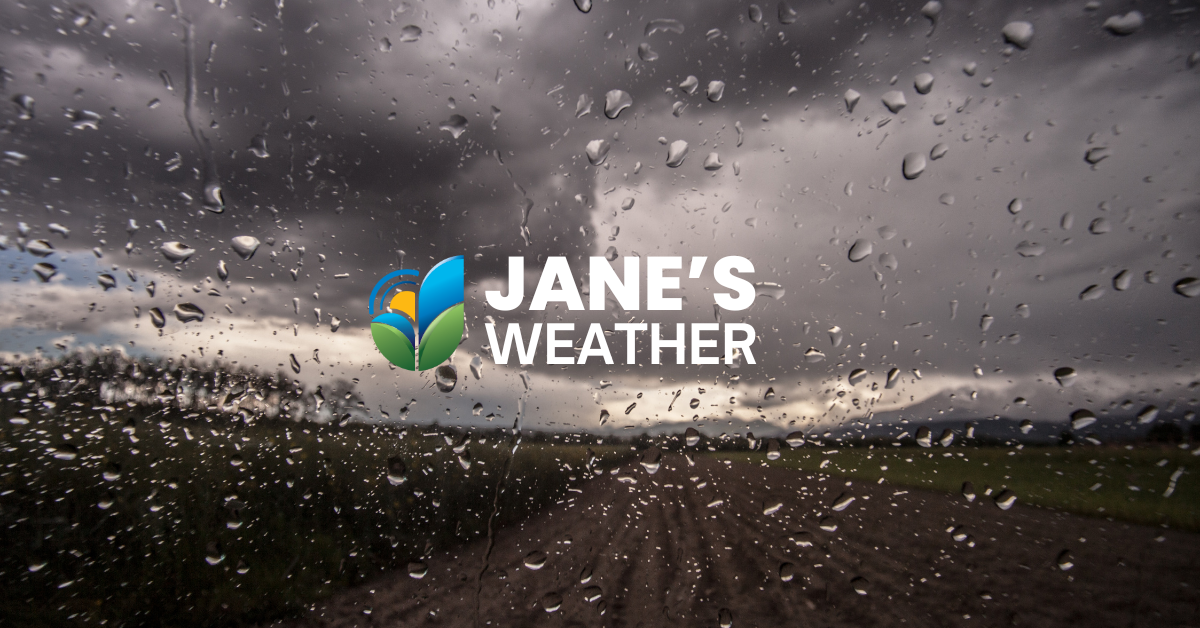.png?width=1920&height=1080&name=Janes%20Weather%20Feature%20Size%20(2).png)
Widespread rain system kicking off in the west and heading to the east
Widespread rain is likely to spread across much of the nation, especially the still drought affected parts of the southeast.
Read More >.png?width=1920&height=1080&name=Janes%20Weather%20Feature%20Size%20(2).png)
Widespread rain is likely to spread across much of the nation, especially the still drought affected parts of the southeast.
Read More >-1.png?width=1920&height=1080&name=Janes%20Weather%20Feature%20Size%20(3)-1.png)
The cold outbreak crosses the southeast and is felt as far north as Queensland,...
-1.png?width=1920&height=1080&name=Janes%20Weather%20Feature%20Size%20(2)-1.png)
Rain is heading for the southeast, letting sodden northeast NSW and southeast...
.png?width=1920&height=1080&name=Janes%20Weather%20Feature%20Size%20(1).png)
The hint of spring-like weather is being replaced by a surge of cold air from...

We have weather systems on both sides of the country, with feeds of tropical...

We’ve crossed into a new phase of weather - a Negative Indian Ocean Dipole, and...

This widespread rain event is affecting every state and territory, and this...
Catch Up on the Latest Ag News
Jane Bunn - Jane's Weather: Dec 5, 2025
Jane Bunn - Jane's Weather: Nov 28, 2025
Jane Bunn - Jane's Weather: Nov 21, 2025
Jane Bunn - Jane's Weather: Nov 14, 2025
Connecting with communities across regional and rural Australia